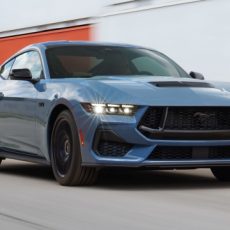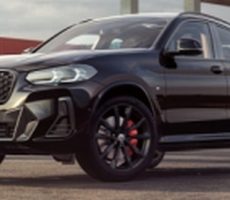It was on a Friday that I planned to leave for Rishikesh. My colleague, ace photographer Sanjay Raikar, flew down to New Delhi from our editorial headquarters in Pune to join me. We started from New Delhi about 2.30 pm. By way of preliminary preparations, I had drawn up a route map. I knew that, unlike the Jazz X, the Select would not be equipped with a USB port, so I decided to dedicate the journey to Delhi’s FM channels for a change.
We were to travel on NH 58 and the distance was an easily manageable 265 km. Driving through dense highway traffic via the industrial city within the NCR and then Ghaziabad, we entered Uttar Pradesh. Despite our slow movement we were able to manage a fuel economy of 15.1 km per litre even before hitting the highway. Soon we were on a newly laid road connecting to NH 58, which offered us some respite from heavy traffic. Now was the time to press the accelerator. The Jazz was cruising at about 90 km/h when I espied a vehicle that had popped up from nowhere, as it were, just a few metres away. Not to worry, though. The car’s efficient brakes easily brought the speed down to 30 km/h and we let the other vehicle cross the road.
 Soon we were on a single-lane road and in the midst of a massive traffic jam. There were lorries with long trailers, buses full of passengers with a few sitting atop their roofs and slow-moving tractors laden with bales of hay, not to speak of herds of buffaloes. This was NH 58 for us. The distance yet to be covered was about 240 km. Surprised by the state of an important national highway, we moved on towards Modinagar. The advantage of having the Jazz at one’s disposal is that it does not compromise on passenger comfort. The a-c vents were bountiful with their soothing cool air. While being stuck in the traffic jam, the noise outside made me wonder whether the engine of my Select was running. I had to rev it up a little to make sure! That’s another praiseworthy attribute of the Jazz. Its engine is almost inaudible not only when the car is stationary, but even at low speeds.
Soon we were on a single-lane road and in the midst of a massive traffic jam. There were lorries with long trailers, buses full of passengers with a few sitting atop their roofs and slow-moving tractors laden with bales of hay, not to speak of herds of buffaloes. This was NH 58 for us. The distance yet to be covered was about 240 km. Surprised by the state of an important national highway, we moved on towards Modinagar. The advantage of having the Jazz at one’s disposal is that it does not compromise on passenger comfort. The a-c vents were bountiful with their soothing cool air. While being stuck in the traffic jam, the noise outside made me wonder whether the engine of my Select was running. I had to rev it up a little to make sure! That’s another praiseworthy attribute of the Jazz. Its engine is almost inaudible not only when the car is stationary, but even at low speeds. 
 Our speed averaged 35 km/h as we passed through Modinagar and it took us another 45 minutes to reach Meerut. The road suddenly widened into two lanes with a broad divider as we took the city bypass. Sanjay and I decided to take a tea break at a wayside dhaba. We were now 72 km away from our starting point in New Delhi and it had taken us more than two-and-a-half hours to make it to the Meerut bypass. As expected, the Jazz returned 15.20 kpl until this point.
Our speed averaged 35 km/h as we passed through Modinagar and it took us another 45 minutes to reach Meerut. The road suddenly widened into two lanes with a broad divider as we took the city bypass. Sanjay and I decided to take a tea break at a wayside dhaba. We were now 72 km away from our starting point in New Delhi and it had taken us more than two-and-a-half hours to make it to the Meerut bypass. As expected, the Jazz returned 15.20 kpl until this point.
The prospect of a wide road ahead delighted us. I stepped on the pedal and the Jazz began gobbling up the kilometres in right earnest. I would like to touch upon a point here, one which all of us have experienced some time or other. The national highways and city bypasses should not have human settlements nearby. However, our highways and bypasses are hemmed in not only by residential settlements and colonies, but also a few well-established educational institutions. The whole set-up is highly prone to mishaps and casualties. The absence of pedestrian bridges or subways further compounds the problem. Innumerable were the times I had to apply the brakes as students tumbled out of college or university gates right along the bypass.




